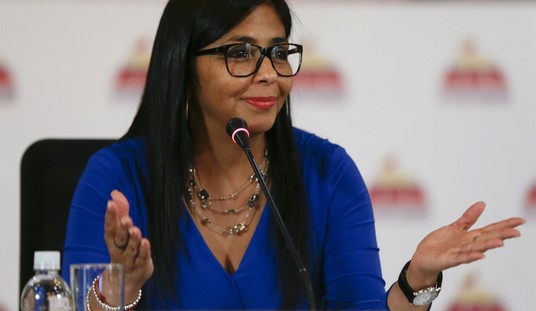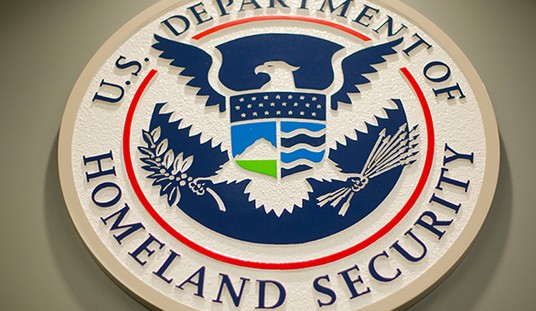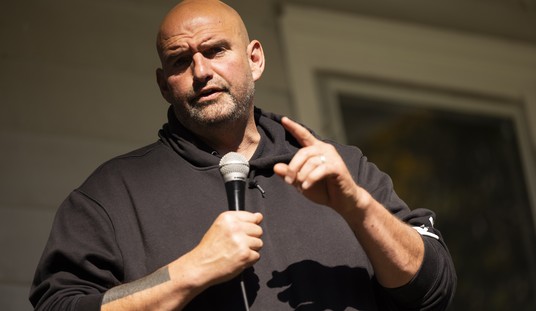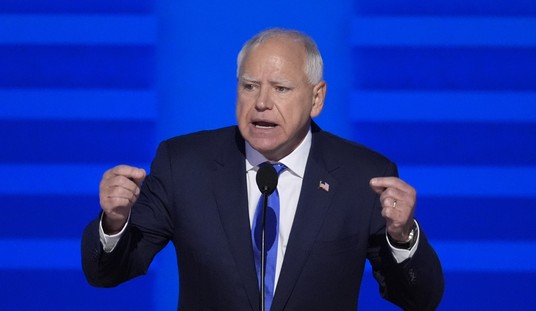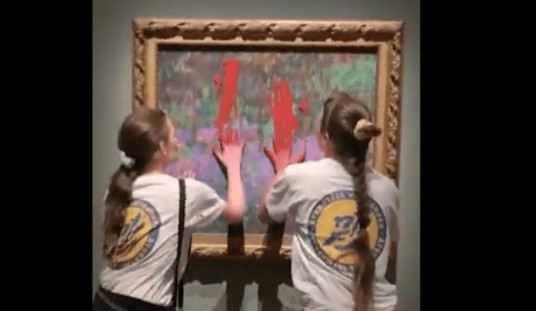The last few years were filled with upheaval for the brewing and liquor industry. As has been the case for most sectors of the economy the pandemic had sweeping impacts, and the beer & liquor markets have been no different. The closures of most establishments for months at a time led to challenges that needed to be endured, and then as we emerged from that on-premise torpor reestablishing market conditions was the next challenge.
Now, we are back on track as a society a new number has come into focus that has heads turning out of curiosity. For the first time ever, sales of liquor and spirits have surpassed those of beer. The historical nature of this new trend is itself worthy of note, but making this more curious is that it has taken place during a tough economic environment, and this bucks past trends.
In the past, the drinking markets have served as a bellwether of sorts for the economy, as looking at how Americans are consuming their recreational libations would be an indicator of how they are reacting to market forces. It can be measured by four ascending segments: Bargain-priced beers, craft and import beers, standard liquors and wines, premium liquors and wines. As the economy performs better drinkers tend to raise their drinking selections, and conversely as money conditions tighten they would shift to more economical choices.
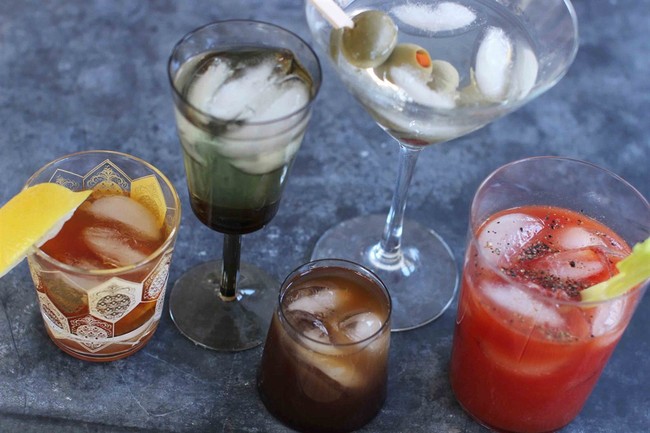
In this fashion, you would see during financial downturns brewing company stock prices would be strong, as their sales would be bolstered by those opting out of more expensive liquors. But these days, with Bidenomics throwing everything in flux and inflation as a constant problem, beers are actually lagging and spirits sales have passed them.
In looking at this development it turns out there are a number of factors at play, all leading to this historic moment.
LONGTERM TRENDS ACCELERATING
Partly due to Generation X aging, the sales of liquor have been steadily rising for well over two decades. In the past ten years, American whiskey - especially bourbon - and tequila volumes have been spiking. This became far more pronounced in the last five years, with the next influence turbocharging this trend.
THE PANDEMIC
The lockdowns we went through led to an increase in the personal consumption of potables, and liquor sales grew as beer declined in the first half of 2020 when the lockdowns were prevalent. The reasons for this were varied, but as bars and restaurants closed, liquor stores were mostly open and people shifted their buying. The restrictions on social interaction and limited store availability made it more of a hassle to shop for many, so repeatedly going out for beer was more trouble than having a few bottles of hard liquor for cocktails at home.
This also created a mental shift for many. The realization that buying a bottle of Black Label No. 7 was not much more expensive than having a few Jack & Cokes in a bar means more people are staying home and enjoying their preferences, and learning to craft drinks to their specific desires. Instead of overpaying for a well-brand cocktail in a restaurant, many have settled on the economical choice of buying a bottle of quality spirits and making their preferred drink.
INFLATION
While this is a reality that affects all drinkers there is a bit of a phenomenon in that those least affected by inflation in the upper realm of income are not being dissuaded from making preferred purchases. This is seen when looking at the growth of the different segments of the industry. As beer and wines saw drops in volume there was a sharp rise in the top shelf labels. Spirits numbers were +2%, but the premium spirits segment alone rose +6%.
SUPPLY CHAIN IMPACT
Last year when the issues with the supply chain crisis were creating unforeseen challenges, one of the direct impacts was in the beer markets. Access to certain ingredients became a challenge for many brewers, as not only grains and hops were hard to get but also accessibility to cans and bottles was a reality. These impacts led to a spike in prices (my local tavern was forced to hike draft prices in one week when keg costs slammed them), and the numbers have not dipped since due to inflation. Liquor, meanwhile, was not as affected due to the nature of long-term processing. Bourbon aging in warehouses, for example, has already been produced and is not as slammed by the shortages.
SURGE IN RTDs
One other factor has been the explosive growth in a burgeoning sector - the Ready To Drink cocktails. There is a market shift taking place in the canned drink sector as the hot trend of hard seltzers is cooling off (a low +1% growth in 2022) but that marketplace is moving to premixed cocktails in a can. Gatherings and parties became more the norm as people were cut off from establishments, so the convenience of drinks from a bar now available to be plucked from a cooler has been embraced. Hard lemonades, boozy juice combinations, strong teas, and even a liquor-boosted version of Sunny Delight are now on the market for a thirsty audience.
This also feeds into the growth of the spirits segment. Seltzers are tabulated in beer/wine volumes as those are boosted with malt-based alcohol; this is why so many breweries were quick to produce their own seltzer, in an attempt to recapture some of the lost sales to that product. But with the current spike in RTDs made from vodka, rum, and even tequila these are now calculated in the spirits sales figures.
Your childhood and adulthood collide. This Sunny D Vodka Seltzer contains 4.5% alcohol by volume, 95 calories, and 0g of sugar. It can be found at Walmart, if you're so inclined. pic.twitter.com/P3SsbQ1nMb
— IGN (@IGN) March 10, 2023



